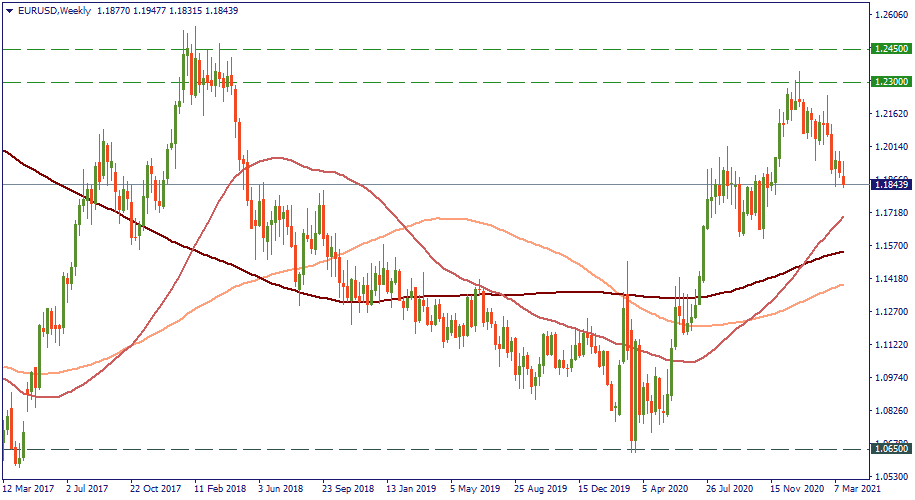
The G20 summit took place in Bali, Indonesia, on November 2022…

Don’t waste your time – keep track of how NFP affects the US dollar!
Data Collection Notice
We maintain a record of your data to run this website. By clicking the button, you agree to our Privacy Policy.

Beginner Forex Book
Your ultimate guide through the world of trading.
Check Your Inbox!
In our email, you will find the Forex 101 book. Just tap the button to get it!
Risk warning: ᏟᖴᎠs are complex instruments and come with a high risk of losing money rapidly due to leverage.
71.43% of retail investor accounts lose money when trading ᏟᖴᎠs with this provider.
You should consider whether you understand how ᏟᖴᎠs work and whether you can afford to take the high risk of losing your money.
Information is not investment advice
What happens to EUR/USD in the long-term depends on various factors:
Let’s review some of these factors
Domestically, the US seems to be recovering better than the Eurozone – primarily, because it’s doing better with Covid-19. In the US, deaths are slowing. If they preserve this dynamic, they will have no big issue coming back to normal by 2022. In the meantime, Germany has just imposed the strictest lockdown due to the infection spike, Paris is under curfew. In fact, half of Europe is still struggling against the virus so Europe doesn’t look like it’s going to be the US economic recovery dynamic. Hence, this factors favor the strength of the USD.
Globally, the pace of economic recovery is somewhat stable, and it is expected that 2023 will be the year when it’s all back to normal. However, there are serious threats to that scenario. The primary threat is the re-occurrence of the virus. It may happen to the fact that the vaccines are mostly available to the wealthiest nations while the rest of the world lacks resources, funds, channels to get vaccines. Recently, the WHO head warned the world leaders that saying that we may take us back to “square one” if vaccines don’t become available to the developing countries as well. This factor, therefore, also favors the USD: this time, because the investor fears may demand more US dollar as a safe-haven currency.
The US Fed advised they are not planning to increase the interest rate until 2023. Or, at least, they don’t see indications for that so far. The Fed is adamant to aid the economy when it’s necessary, so hawkish moves are ruled out at the moment. In addition to that, a $3-trln stimulus was said to be discussed in the US Capitol. That scenario would increase the amount of US dollars in circulation and reduce the USD’s value. Overall, from this side, the outlook for the USD is pretty dovish – and, hence, bearish. But how does the Eurozone look?
At the last session, the ECB confirmed that no change to the internal monetary policy will take place until and unless the inflation is well above the mark of 2%. So far, it’s far from that mark, as are many other economic indicators. Moreover, the ECB is planning to do more bond purchases over the coming months which may bring the EUR down, too. Therefore, the EUR’s outlook is at least as dovish as that of the USD.
In 2020, when the virus hit, EUR/USD rose. After that, it bounced downwards from the resistance channel of 1.23-1.2450 left from 2017-2018. What we are observing now may possibly be a beginning of a downtrend similar to the one in 2018-2019. Fundamental factors may contribute to that downtrend as most factors appear to favor USD rather than EUR. If that’s the case, we may well see EUR/USD trade at 1.12-1.13 at the end of the year.


The G20 summit took place in Bali, Indonesia, on November 2022…

The deafening news shocked the whole world yesterday: the British Queen Elizabeth II died peacefully at the age of 96…

After months of pressure from the White House, Saudi Arabia relented and agreed with other OPEC+ members to increase production.

eurusd-is-falling-what-to-expect-from-the-future-price-movement

Greetings, fellow forex traders! Exciting news for those with an eye on the Australian market - the upcoming interest rate decision could be good news for Aussies looking to refinance or take out new loans. The Mortgage and Finance Association Australia CEO, Anja Pannek, has...

Hold onto your hats, folks! The Japanese yen took a nosedive after the Bank of Japan (BOJ) left its ultra-loose policy settings unchanged, including its closely watched yield curve control (YCC) policy. But wait, there's more! The BOJ also removed its forward guidance, which had previously pledged to keep interest rates at current or lower levels. So, what's the scoop? Market expectations had been subdued going into the meeting, but some were still hoping for tweaks to the forward guidance to prepare for an eventual exit from the bank's massive stimulus
Your request is accepted.
We will call you at the time interval that you chose
Next callback request for this phone number will be available in 00:30:00
If you have an urgent issue please contact us via
Live chat
Internal error. Please try again later